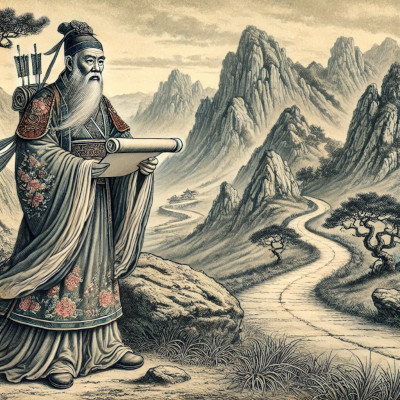It is not opening/closing but rather coiling/uncoiling and compressing/releasing.
It is not about using no force but using enormous amount of forces to maintain the rigidity of the structure, the integrity of the core and the efficiency of the move.
It is not about balance but balanced forces.
It is not about flexibility but the ability to stretch to produce a split or separation


 When doing the bare-hand form and pushing hands with an opponent, one must keep the power constant. This is one of the characteristics of Chen Style Taijiquan Practical Method. By keeping to this principle, one will gradually gain more internal abilities.
When doing the bare-hand form and pushing hands with an opponent, one must keep the power constant. This is one of the characteristics of Chen Style Taijiquan Practical Method. By keeping to this principle, one will gradually gain more internal abilities.
